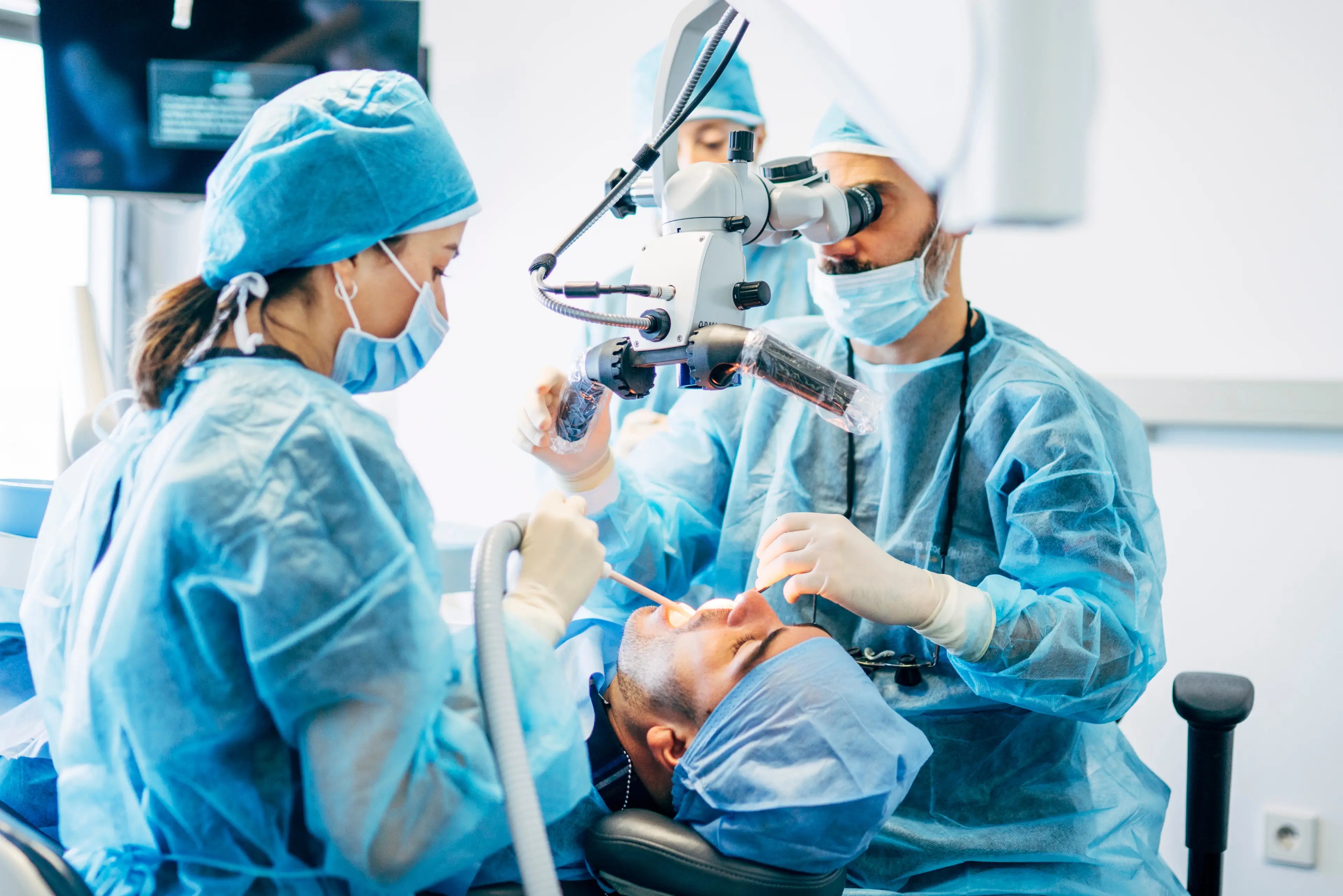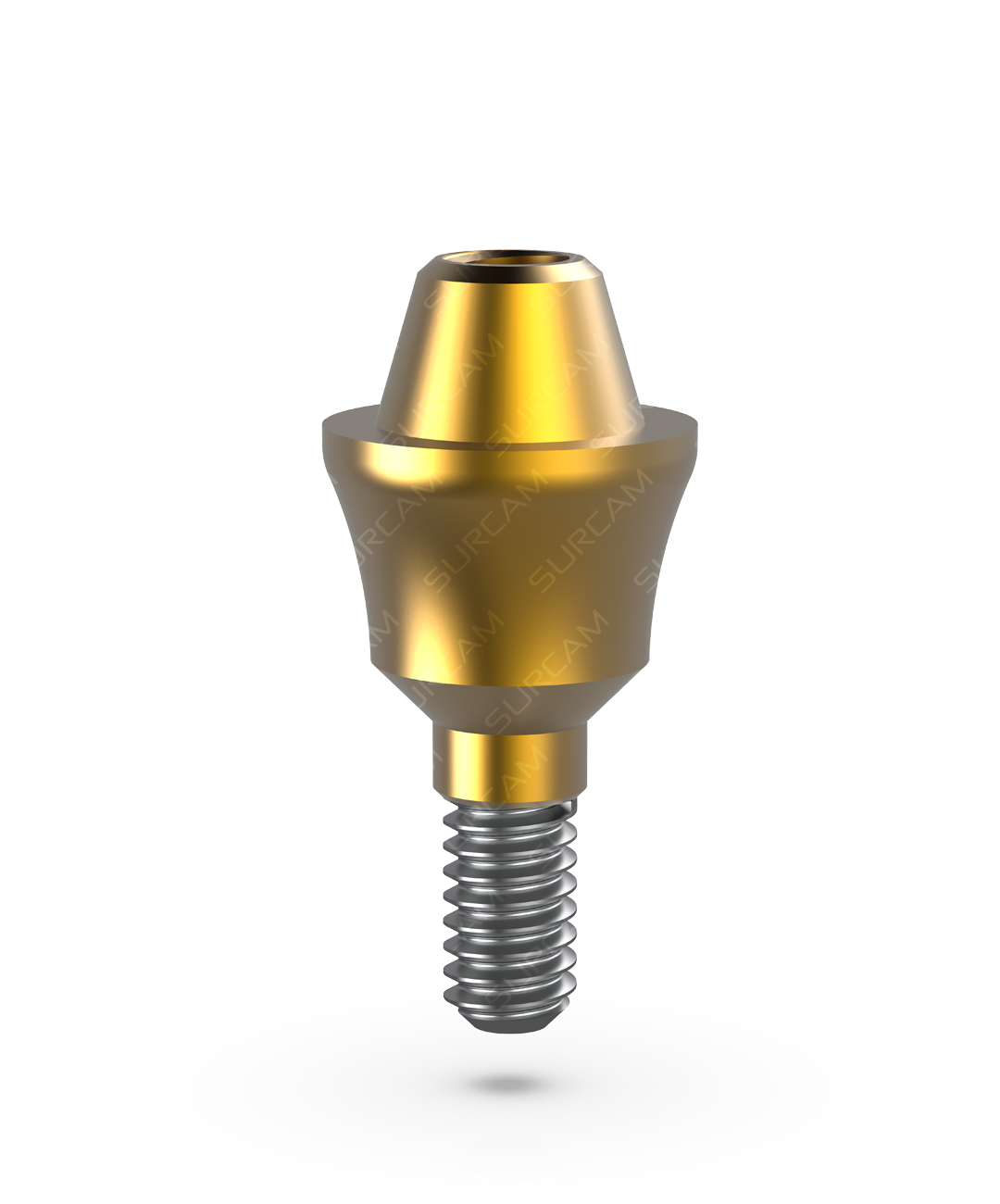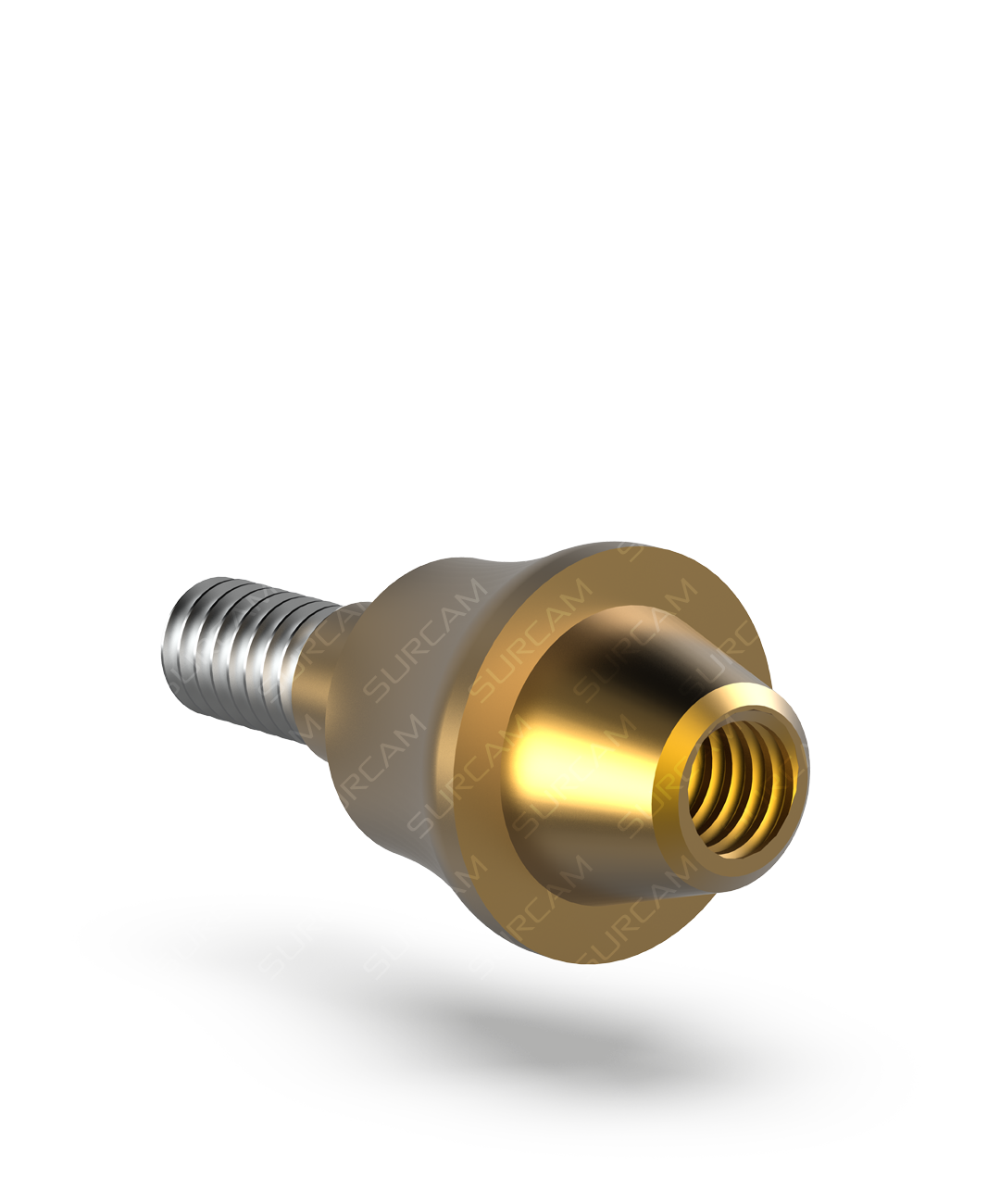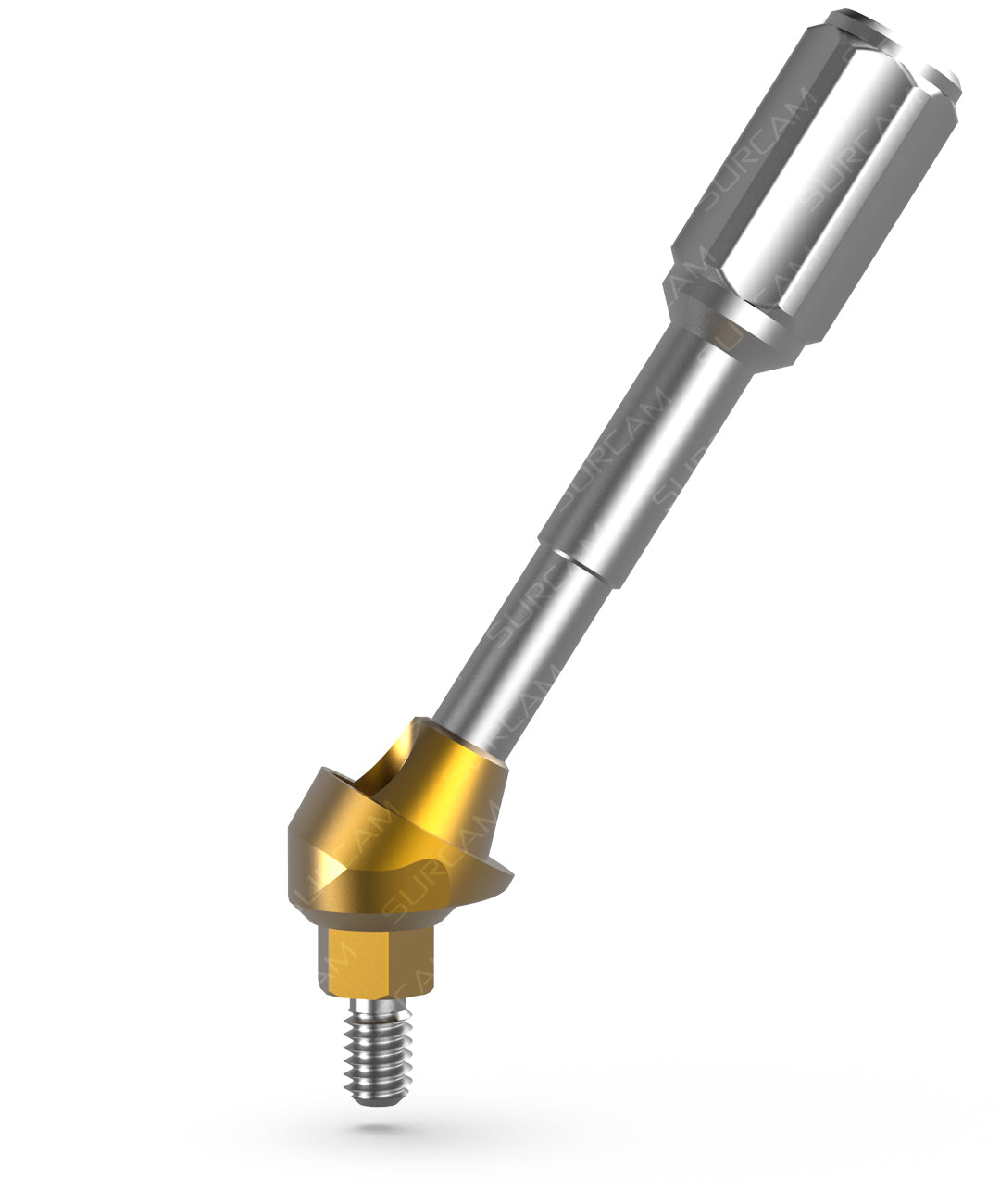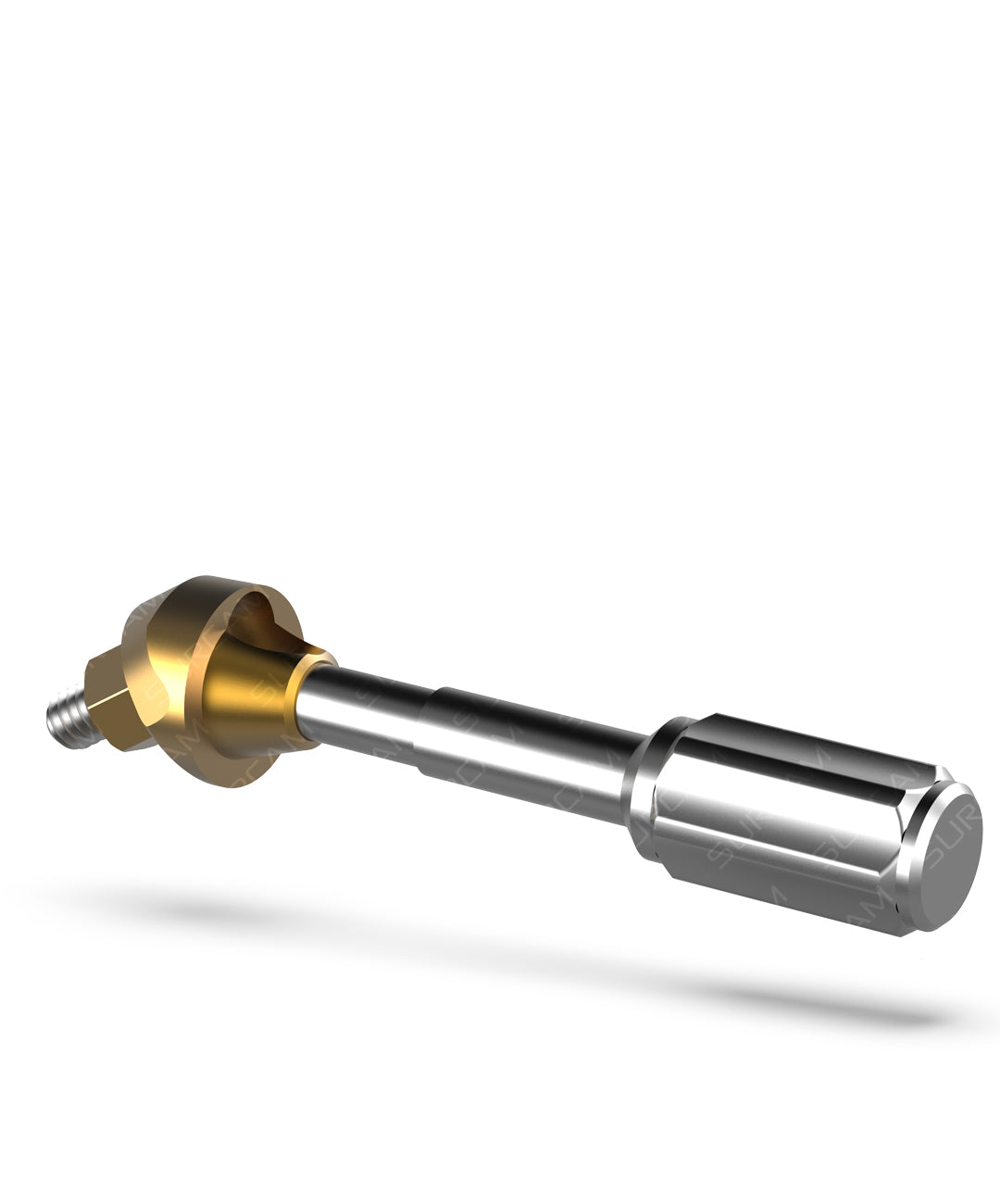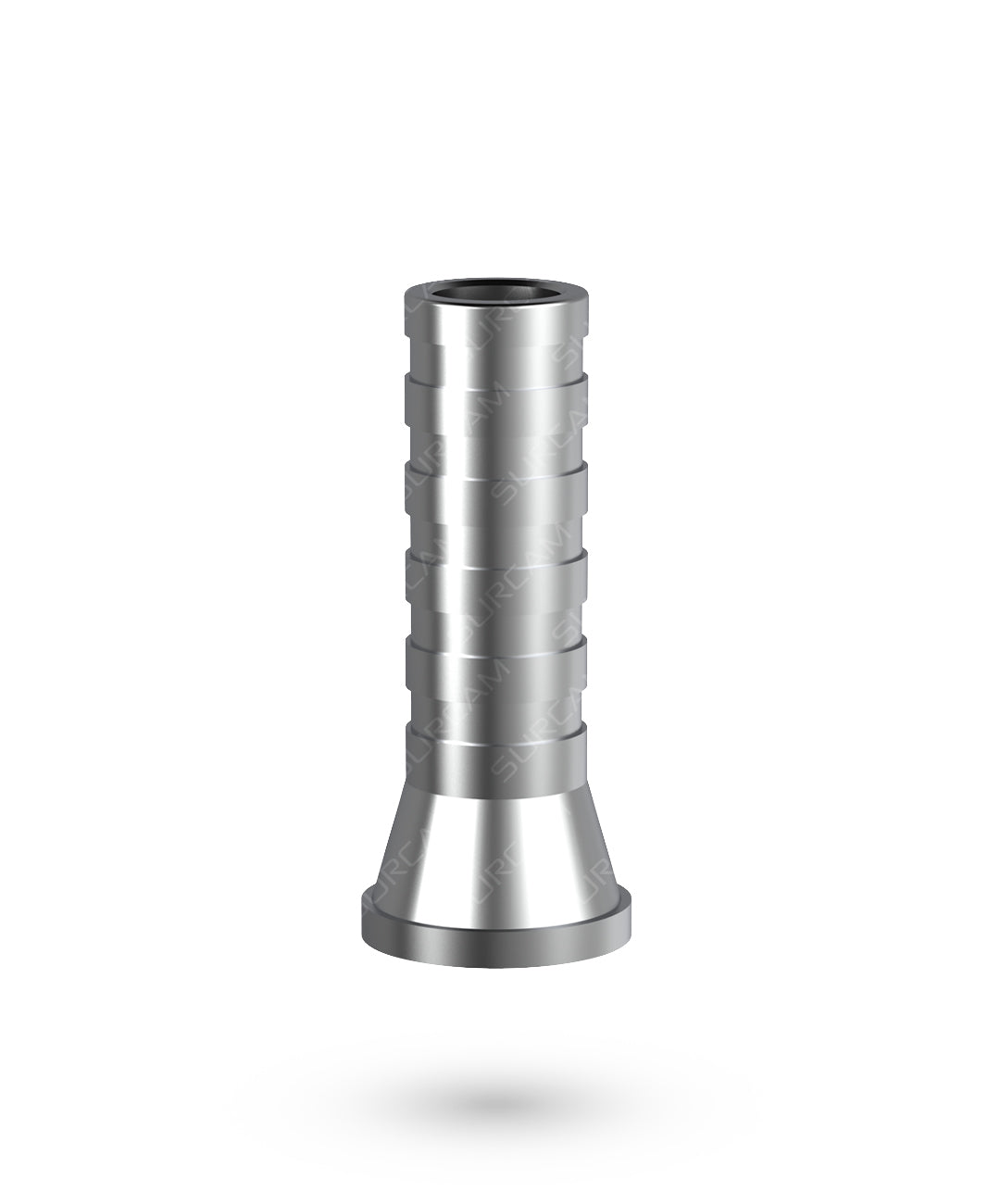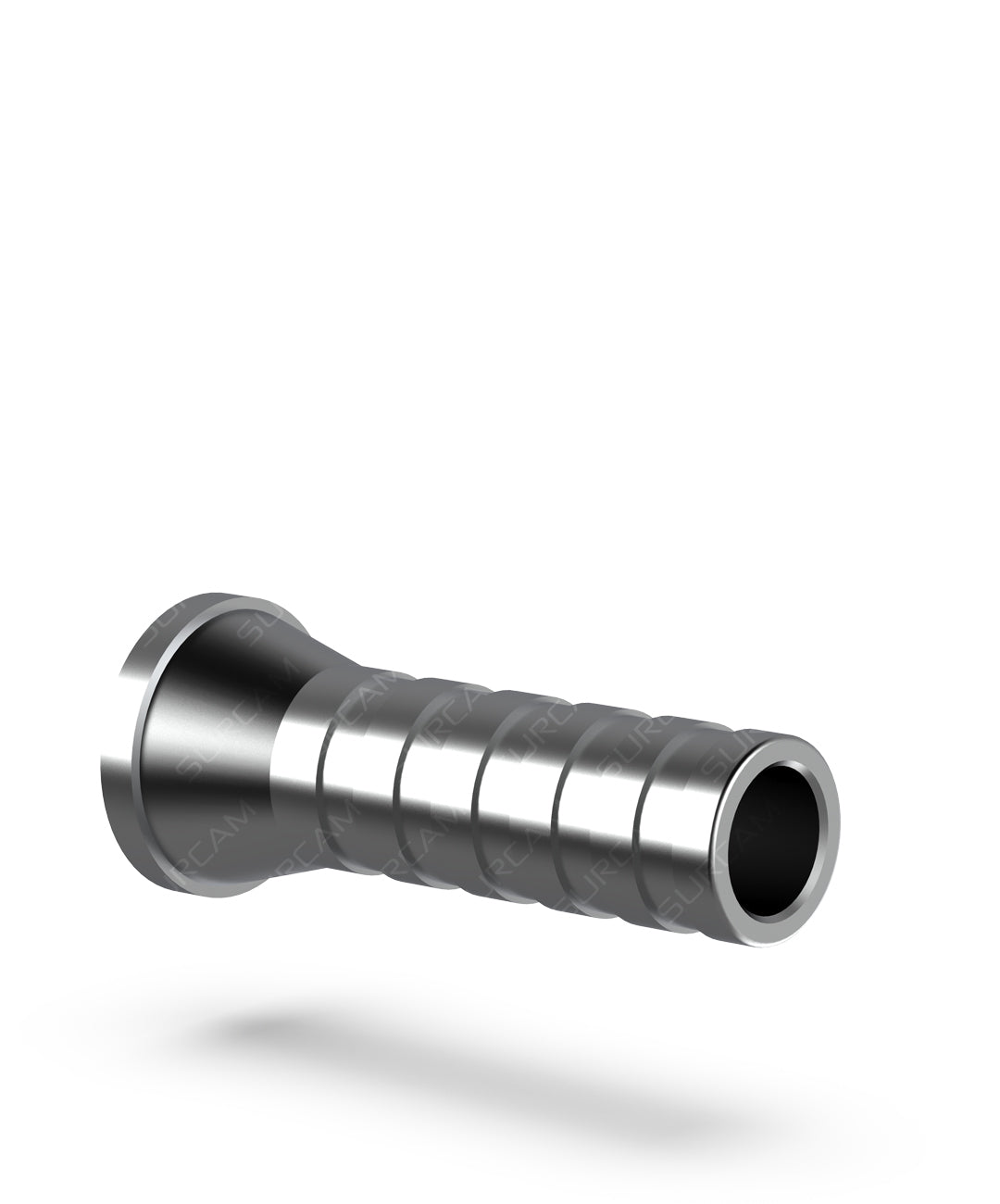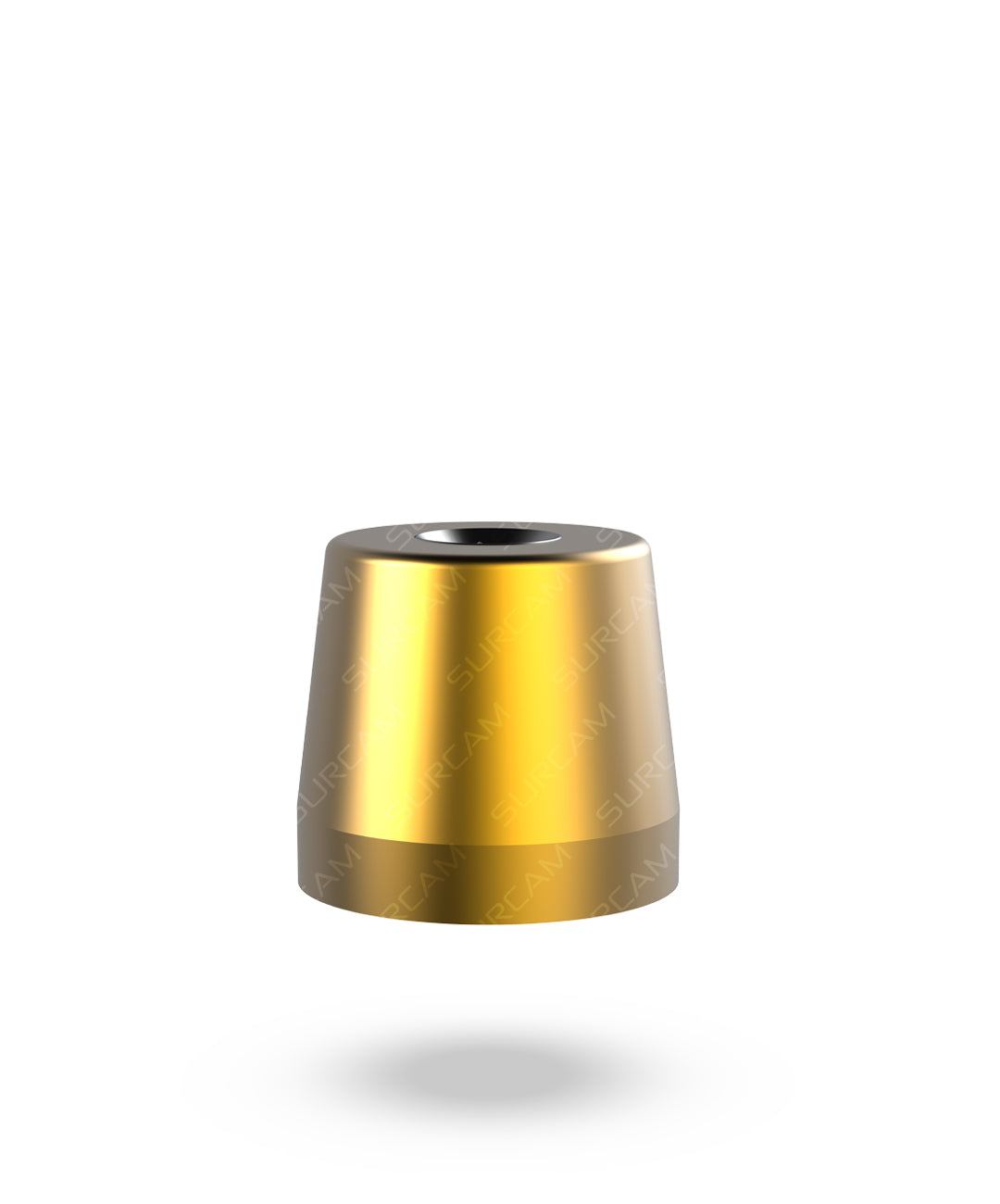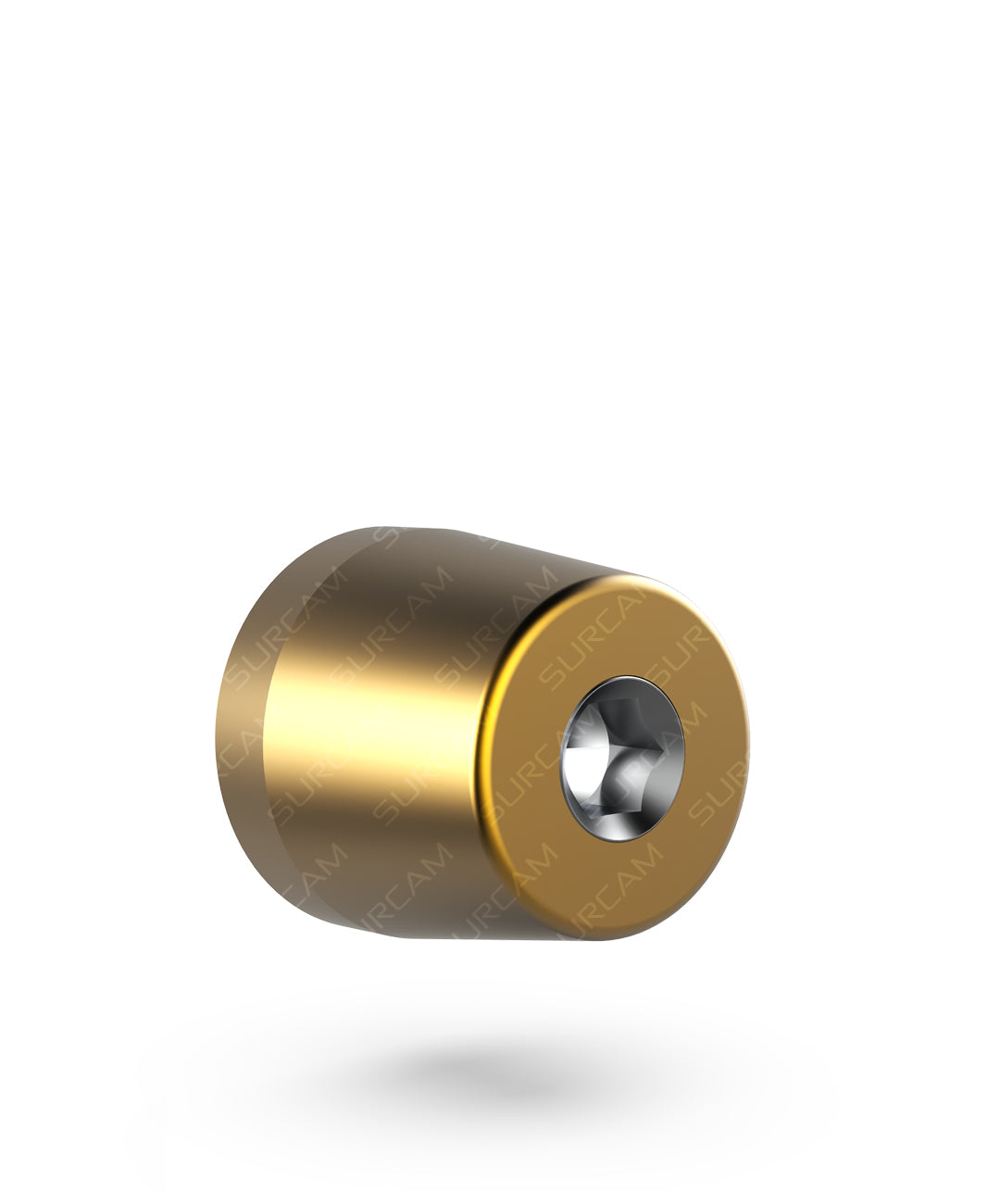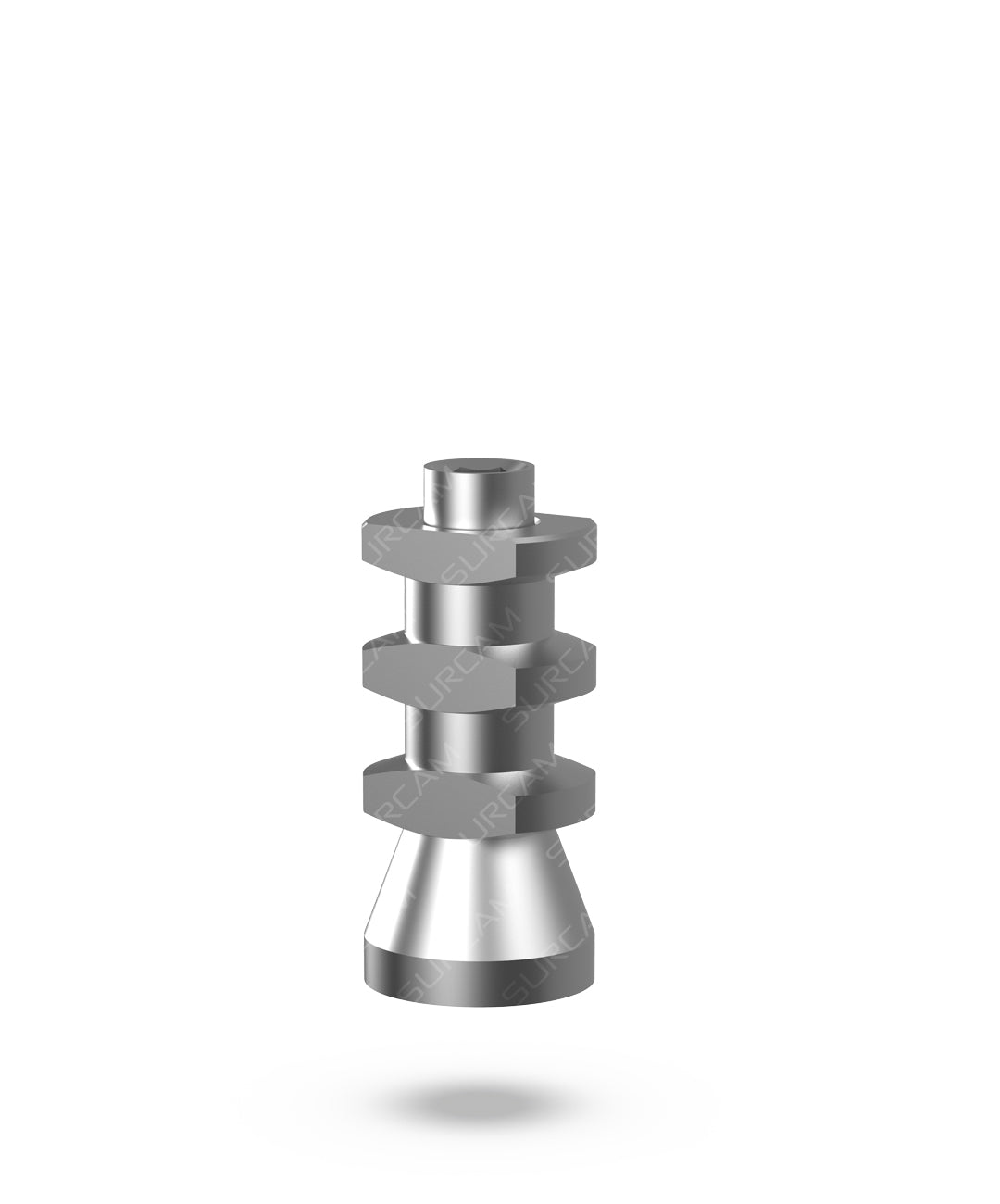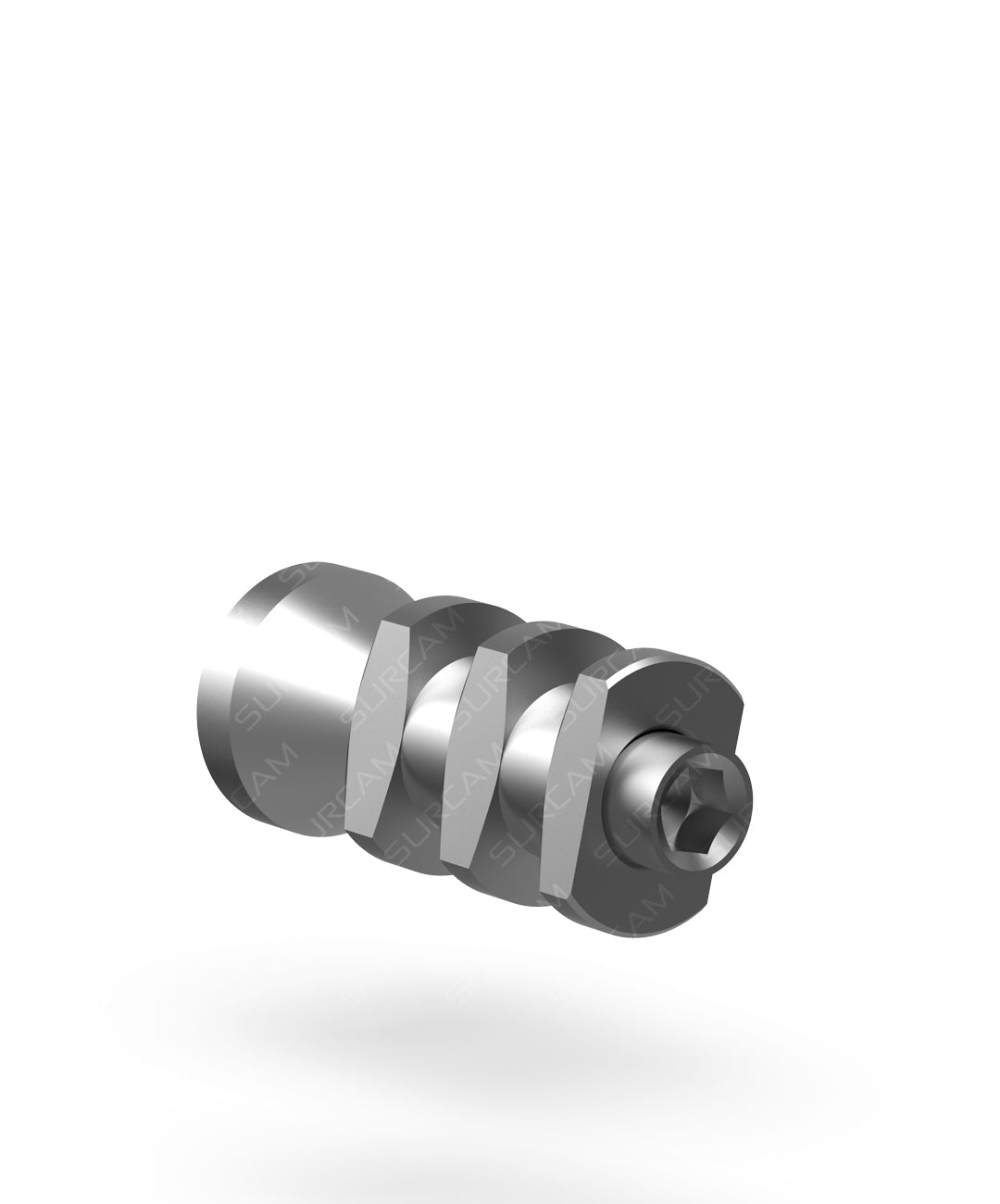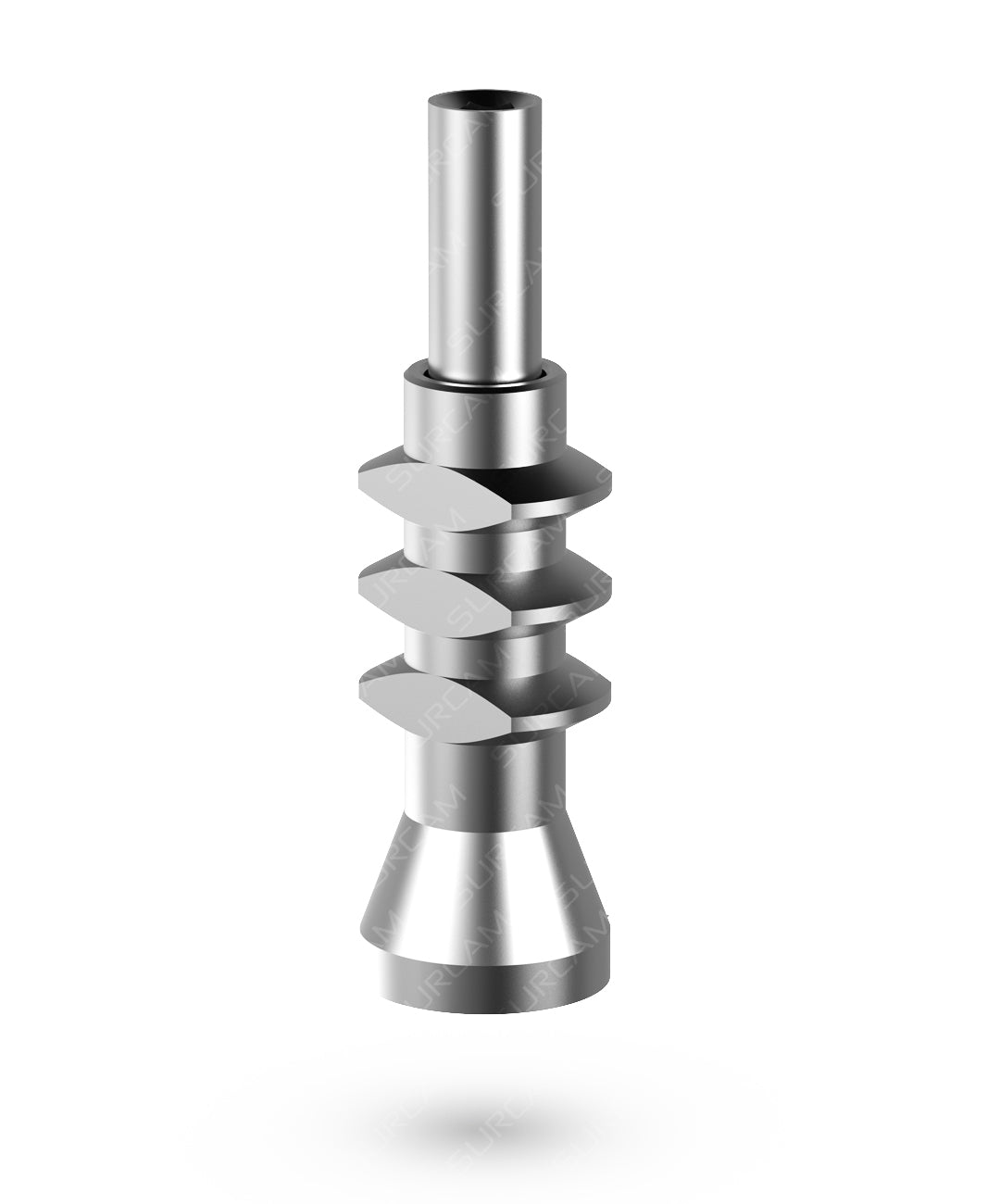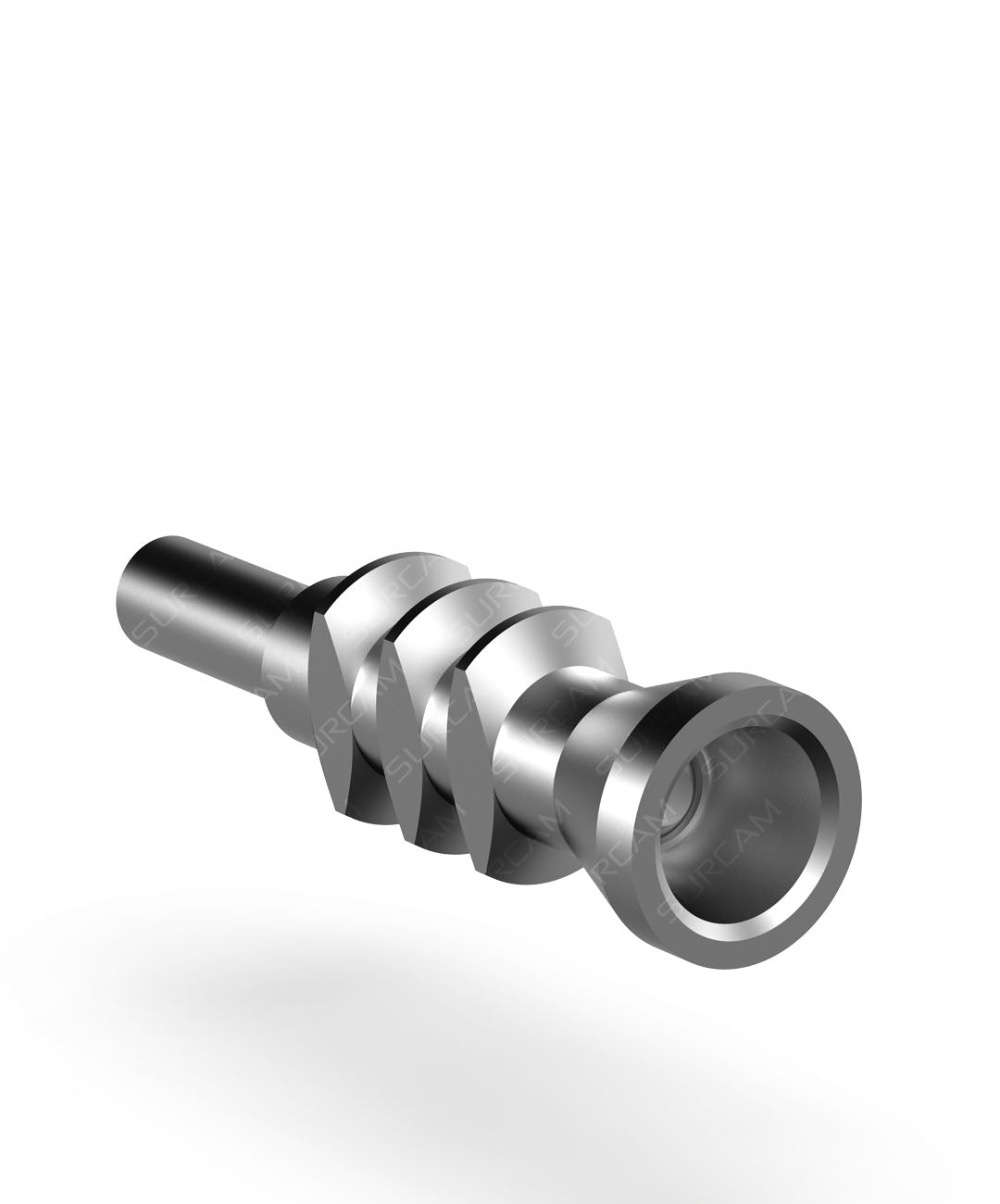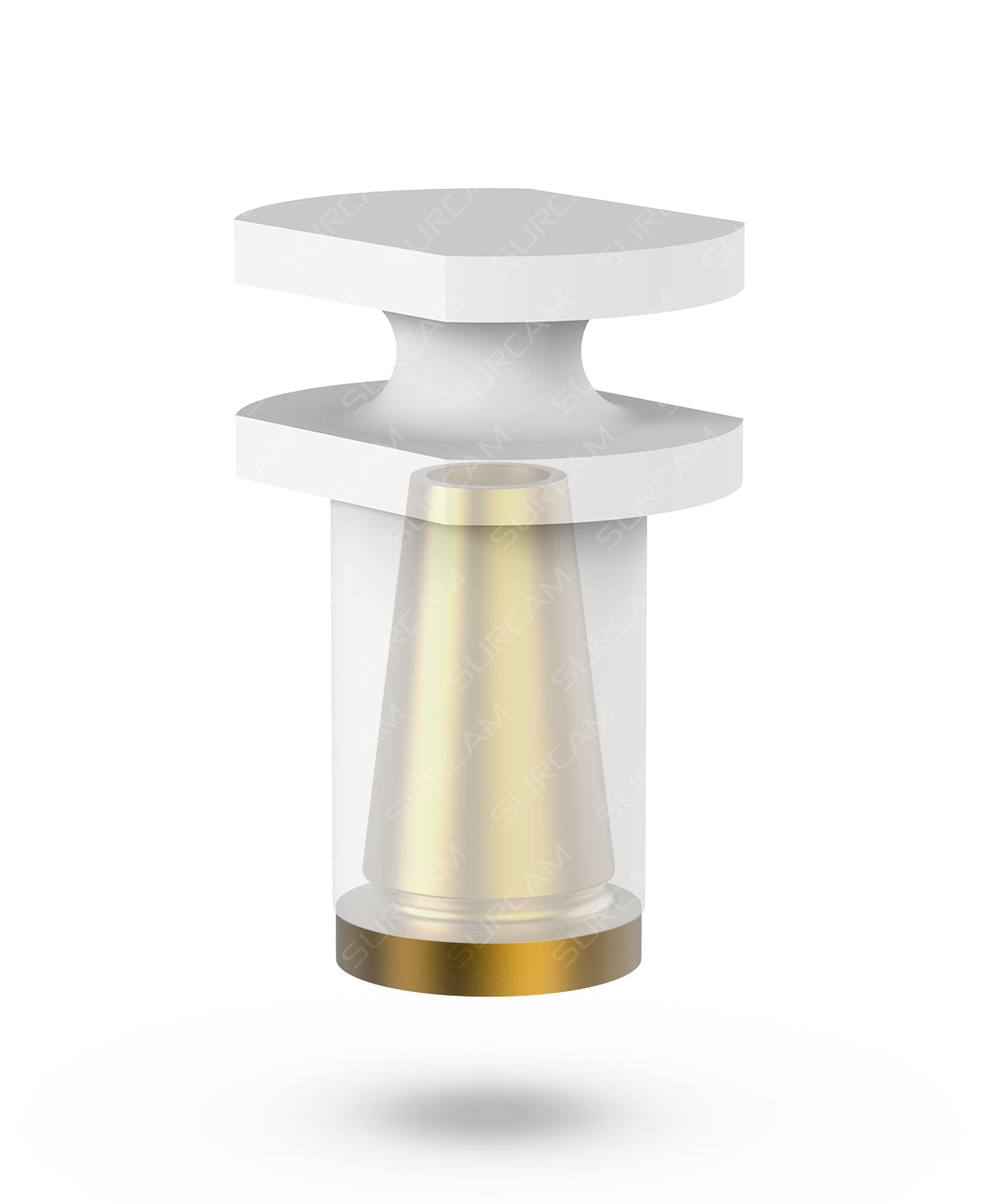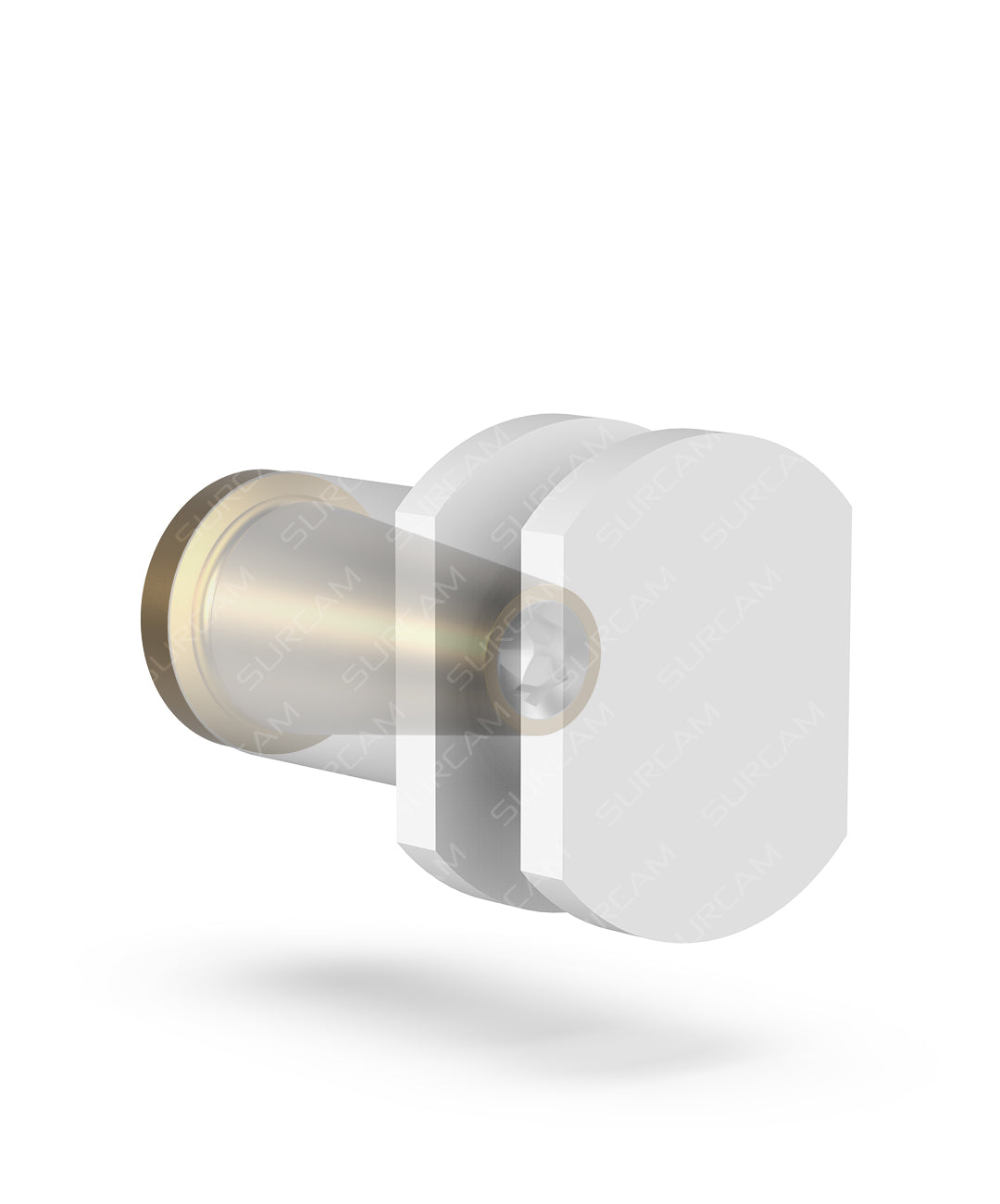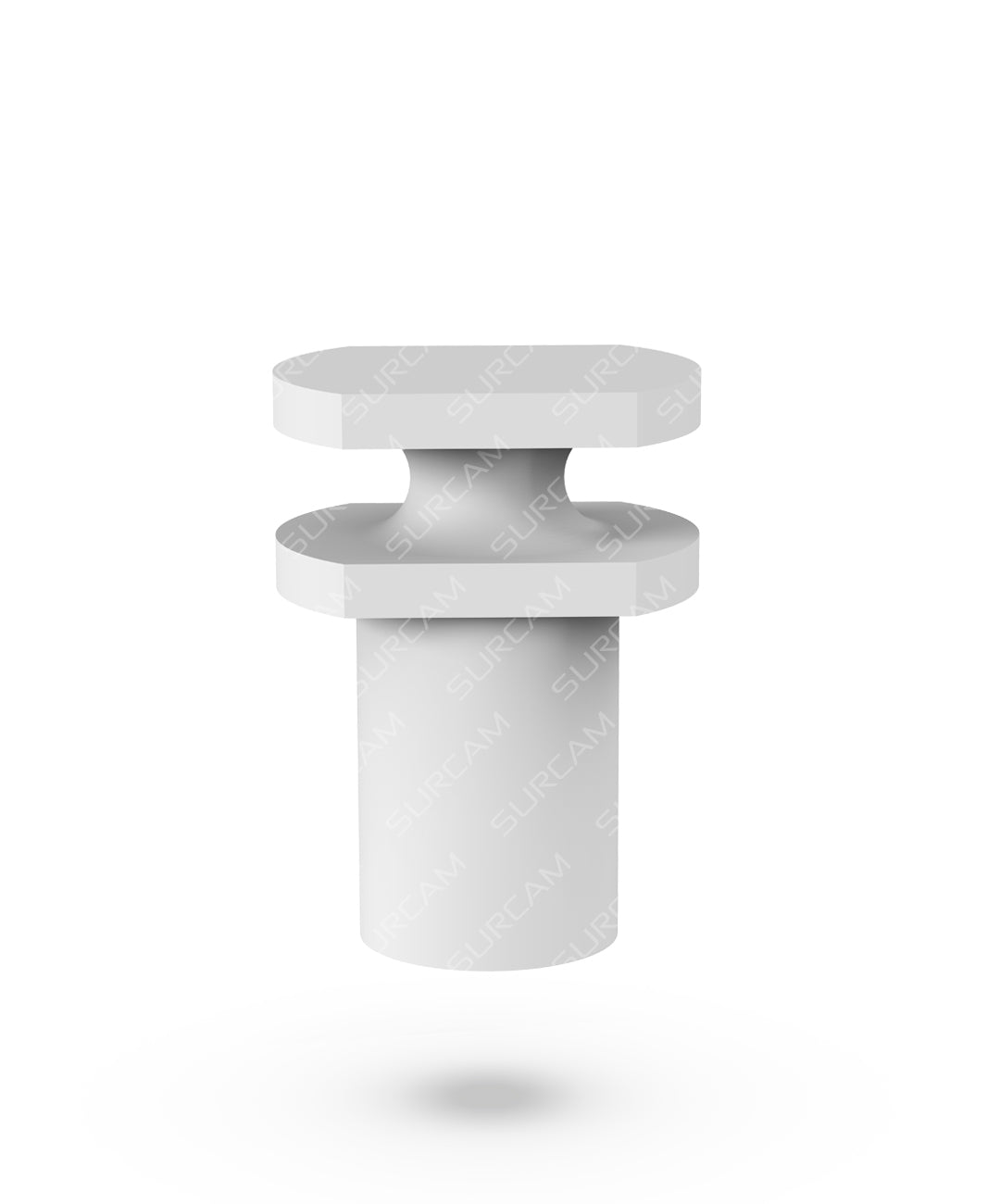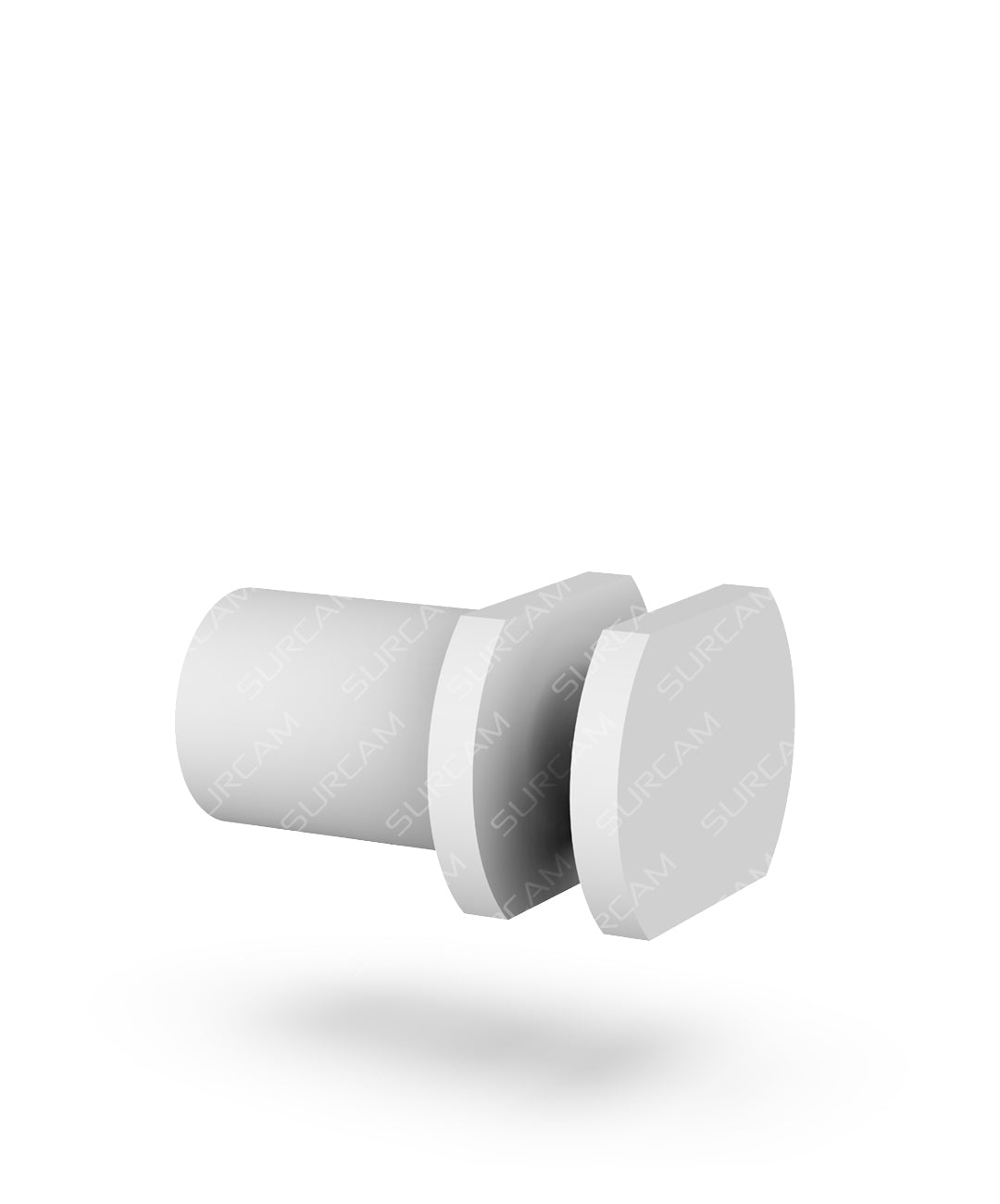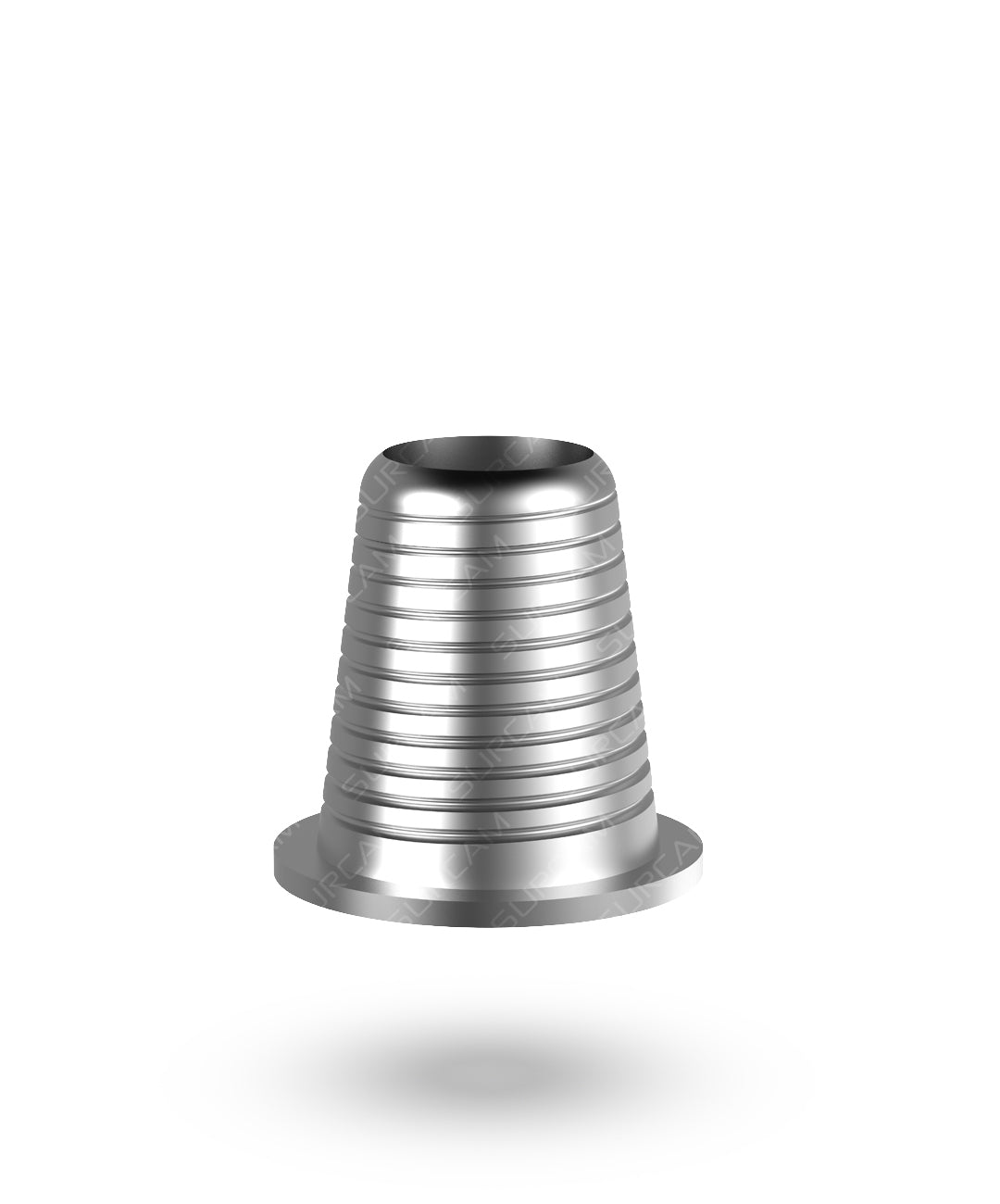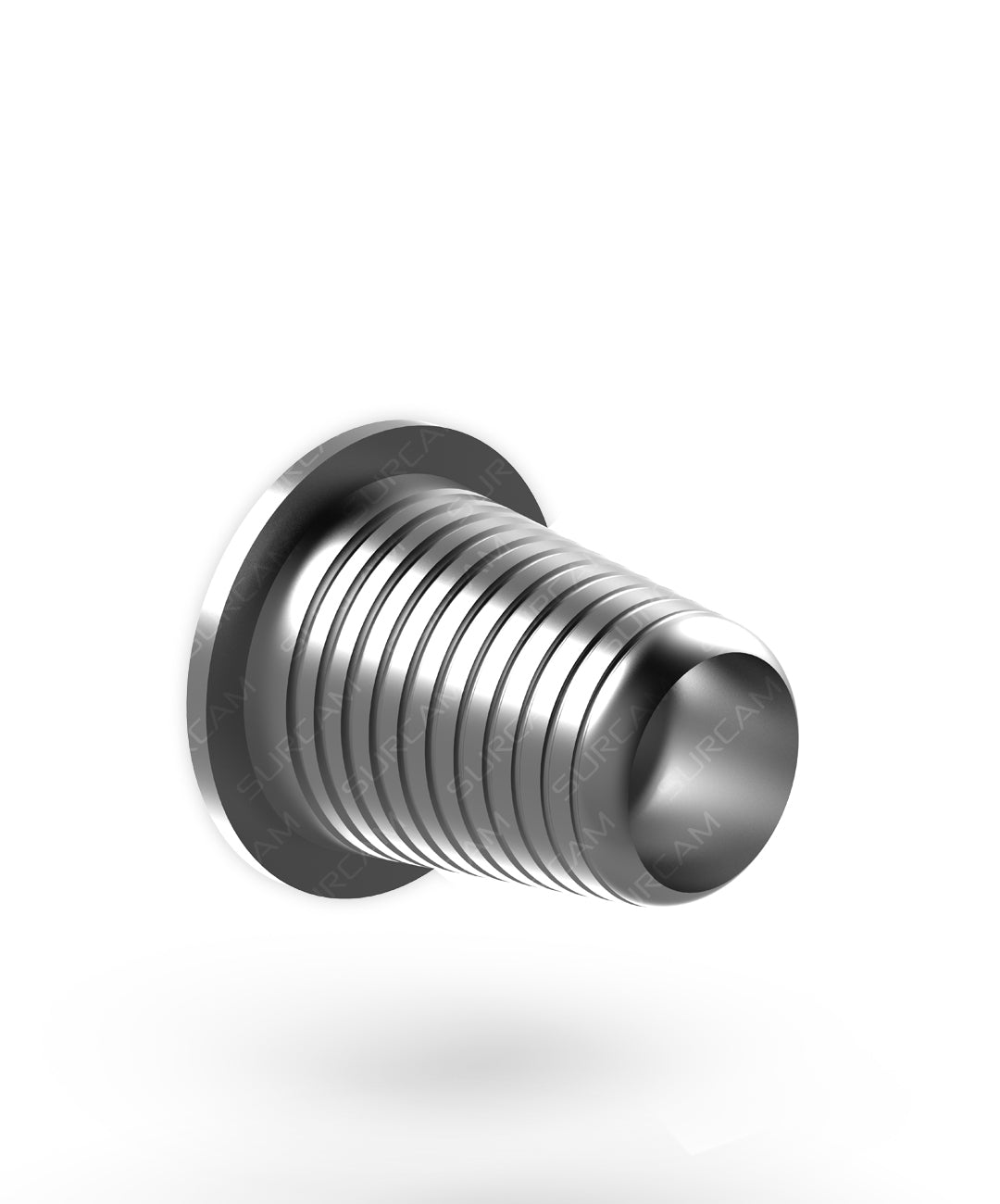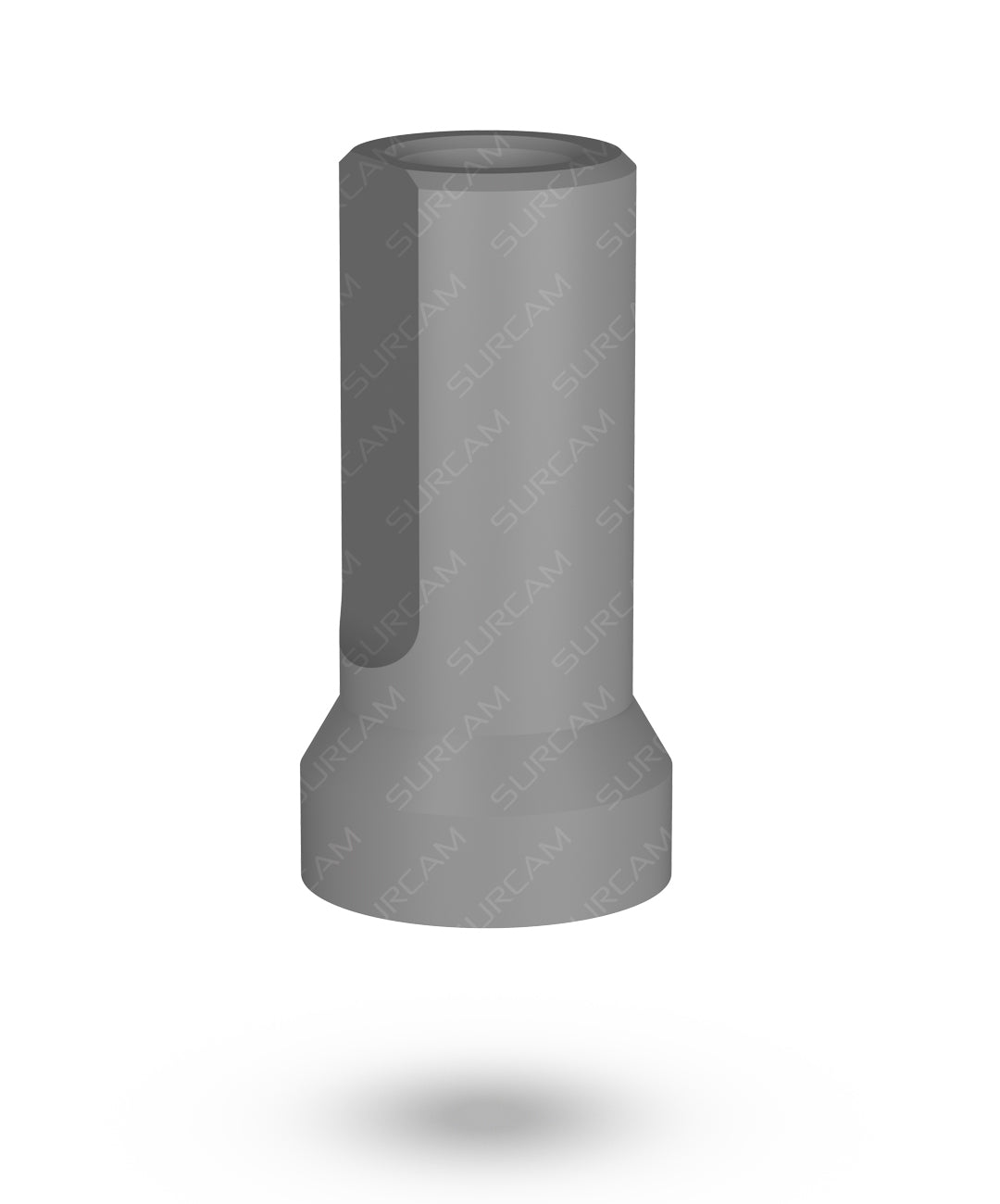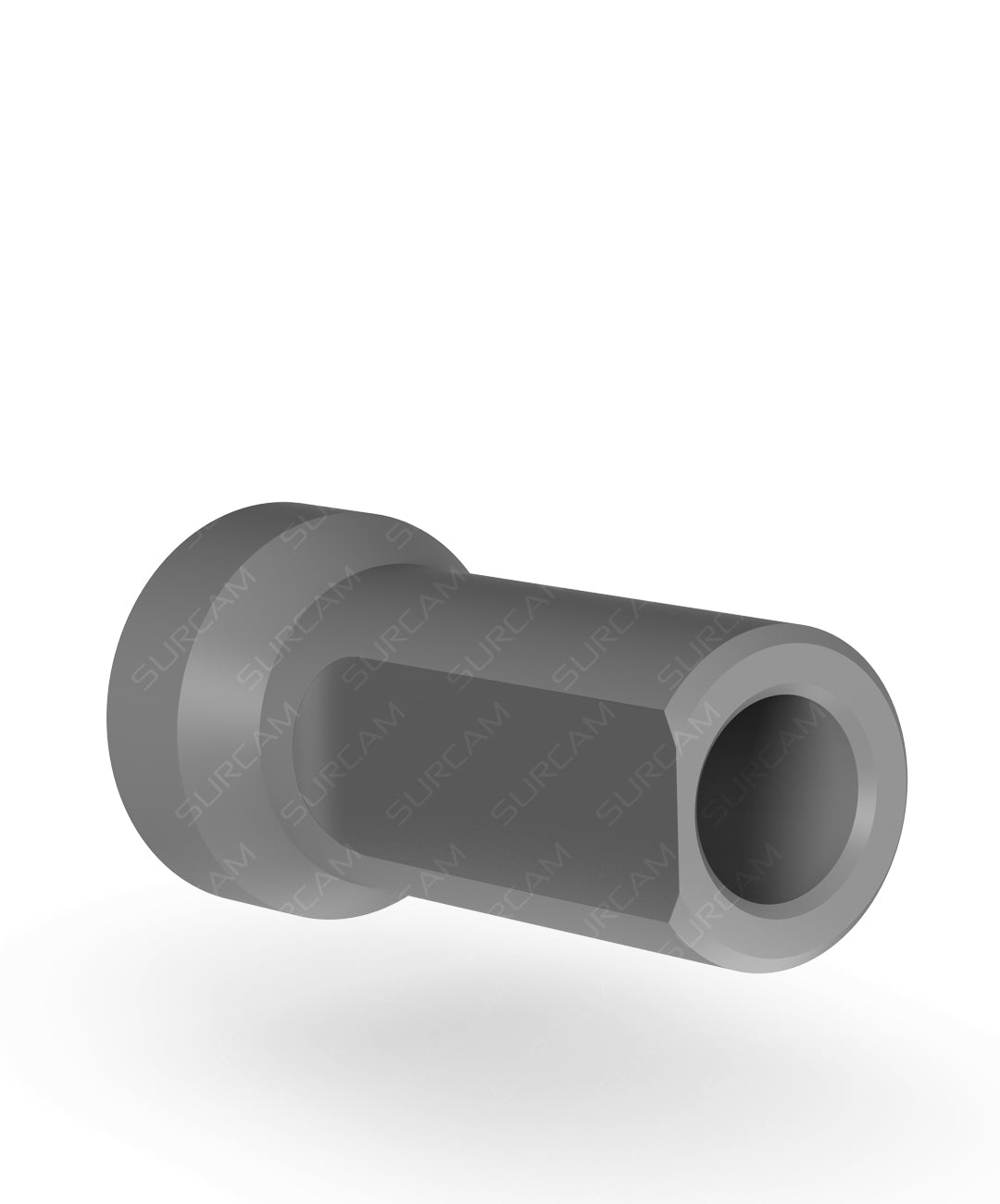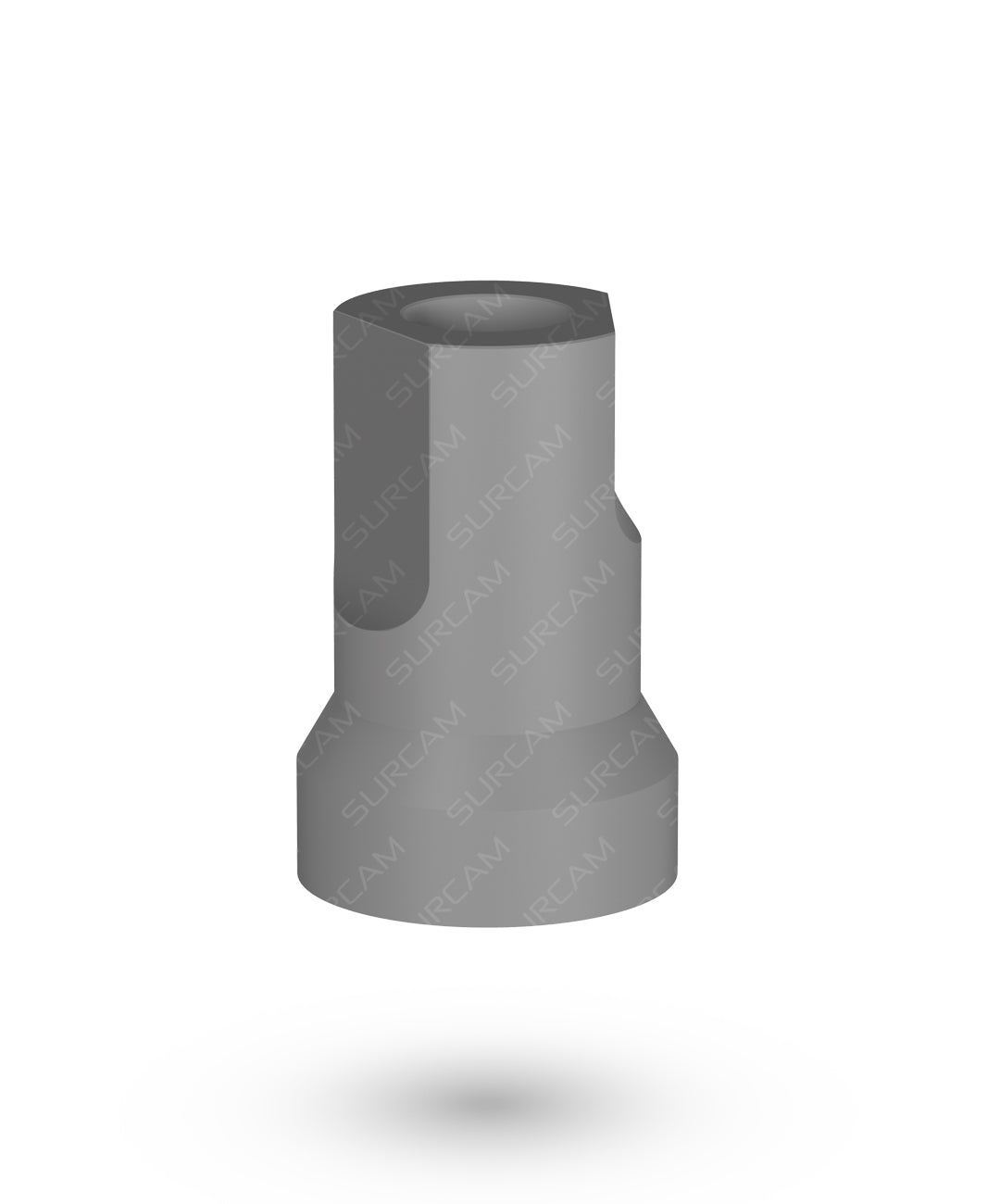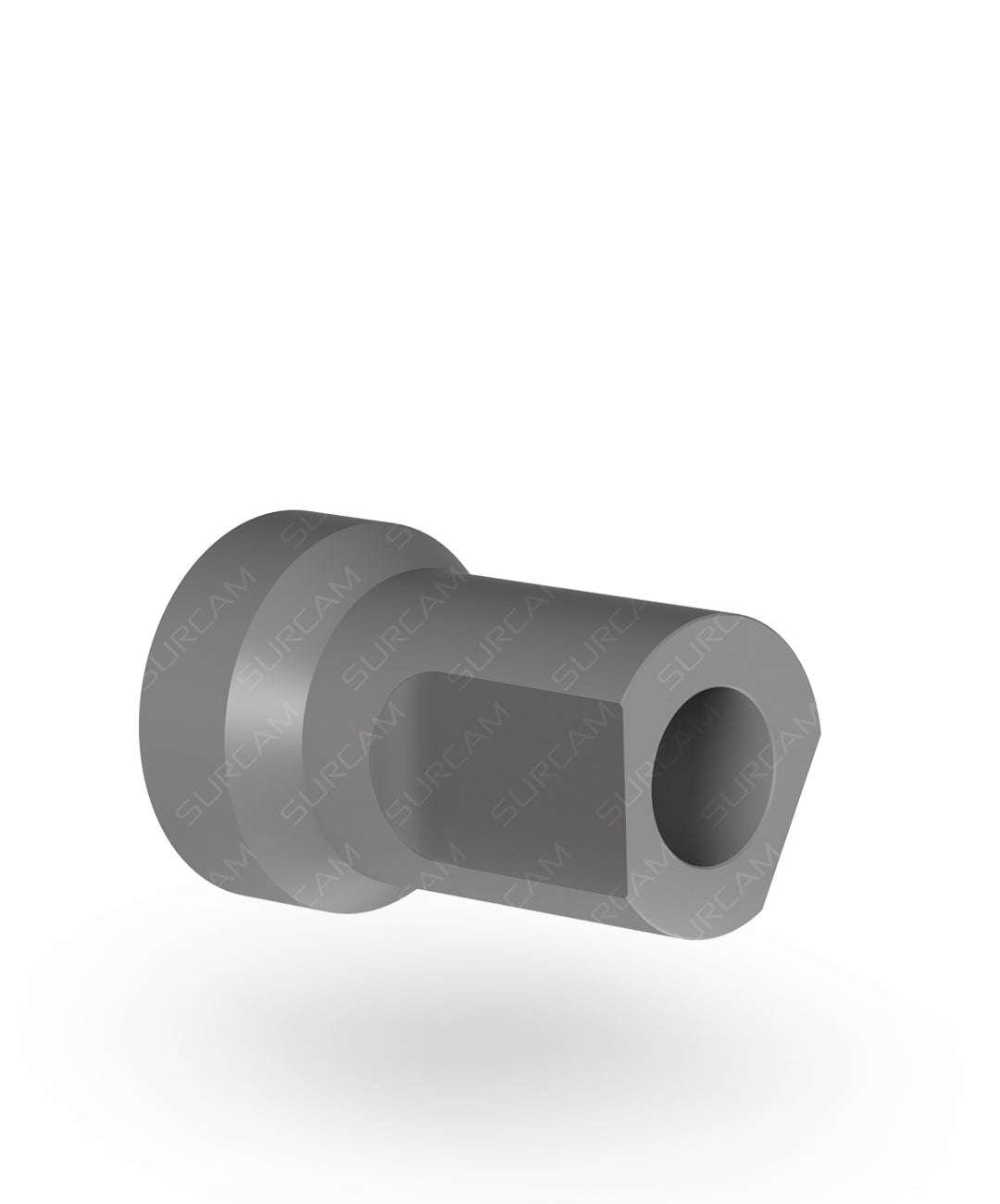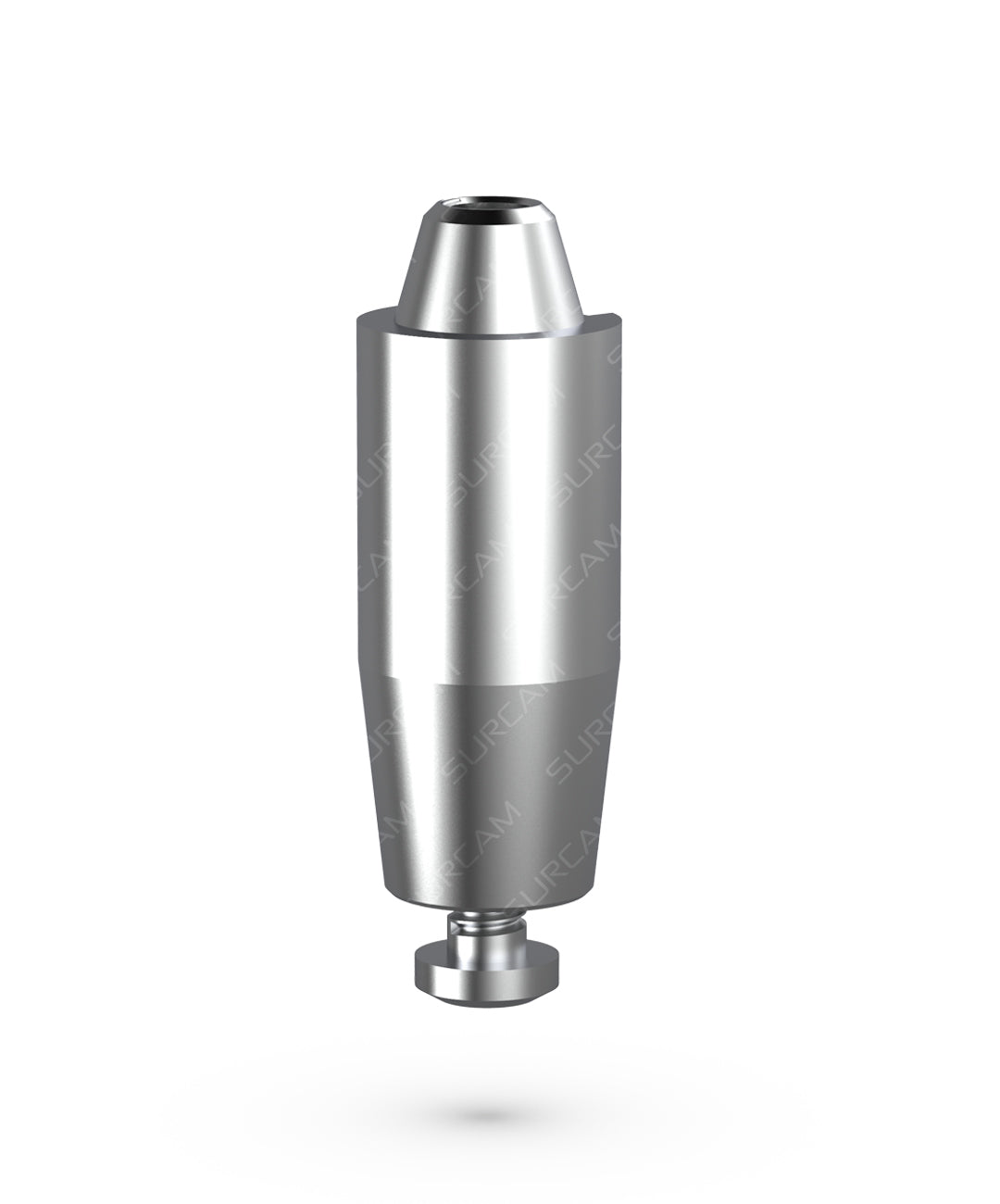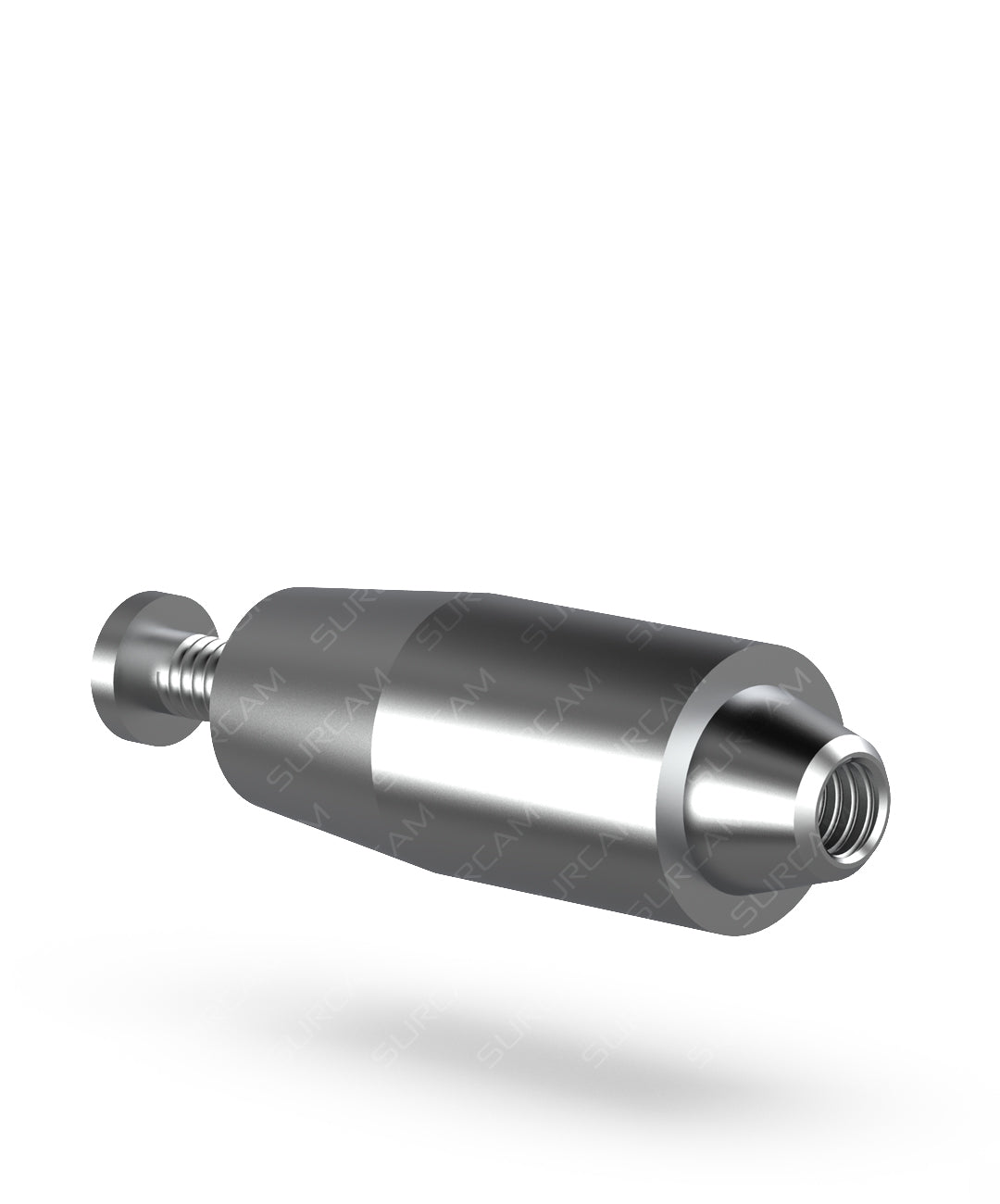Screw-Retained Multi-Unit Abutments FAQ
What are screw-retained multi-unit abutments used for?
Multi-unit abutments enable screw-retained restorations by correcting angulation, establishing vertical height, and providing a stable restorative platform for bridges or full-arch cases. They support predictable retrieval and maintenance.
How do I select angle and cuff height?
Choose the angle to correct implant trajectory relative to the prosthetic path of insertion. Common options include 0°, 17°, and 30°. Select cuff height to match soft-tissue thickness and planned emergence so margins are accessible and access channels are optimized.
Which components must match the platform?
All components must share the same connection and platform as the fixture. Match multi-unit abutments, prosthetic screws, transfers, analogs, Ti-bases, and restorative cylinders to the selected system to avoid misfit and torque loss.
Are prosthetic screws included and what are the torque values?
Each multi-unit abutment ships with a compatible prosthetic screw. Recommended torque values are provided in IFUs for placement and prosthetic assembly to support traceable documentation.
Can I use multi-units for full-arch restorations?
Yes. Multi-unit abutments are commonly used for fixed full-arch workflows to align restorative platforms, simplify framework design, and allow screw-retained retrievability.
Do you support CAD/CAM workflows on multi-units?
Yes. Use Ti-bases and scan bodies designed for the multi-unit interface. Digital libraries support framework design, emergence control, and screw-channel positioning.
Are bulk orders and nationwide shipping available?
Yes. Clinics and labs can stock multi-units in bulk with tracked nationwide delivery and priority handling.

